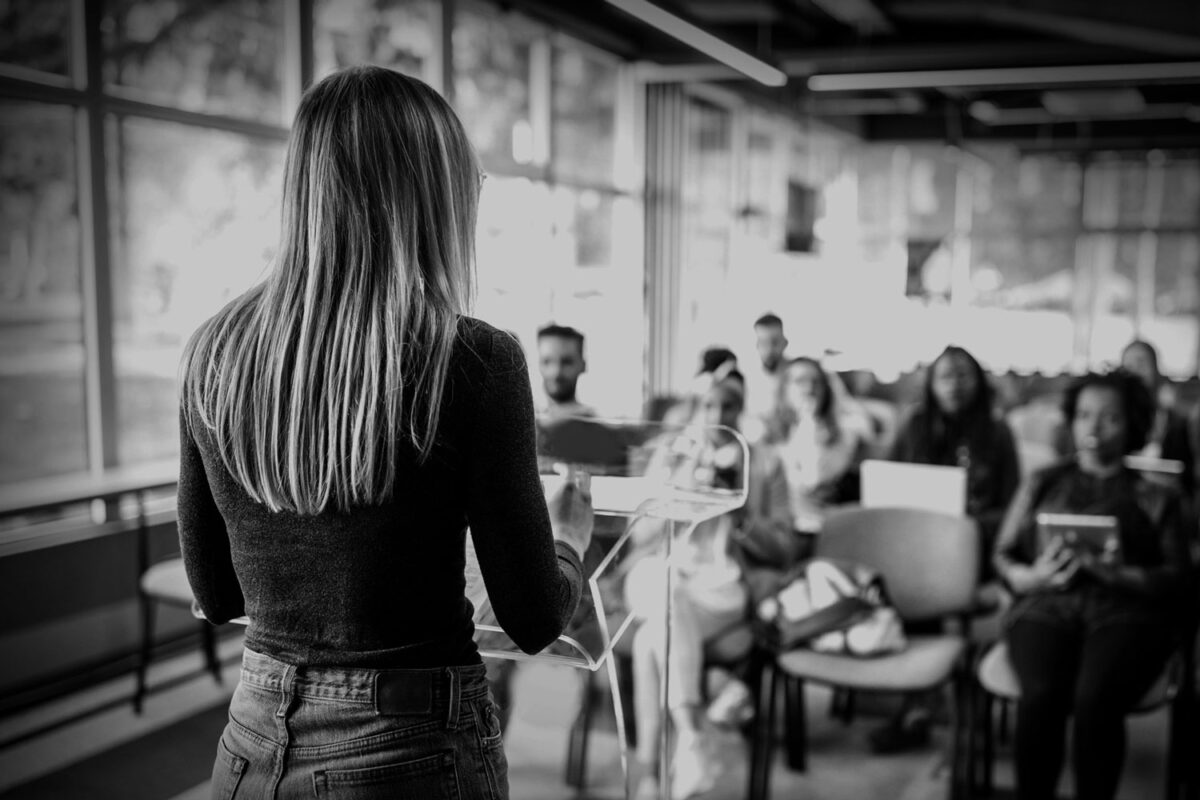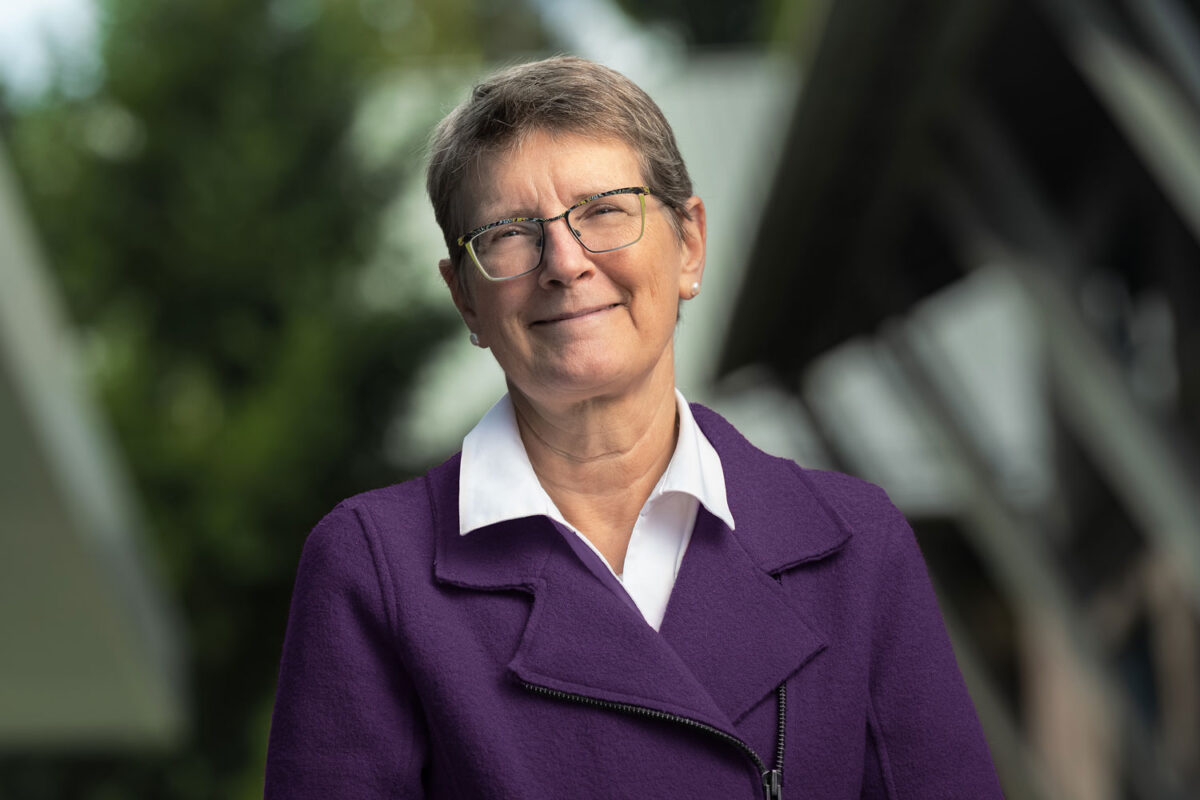Assistant Professor Joey Key, left, shows Jomardee Perkins and Paul Marsh a model interferometer that splits a green laser beam.(Marc Studer photos)

By Douglas Esser
Two University of Washington Bothell students shared the excitement of making major astronomical discoveries this summer using the Laser Interferometer Gravitational-wave Observatory (LIGO), which recently won a Nobel Prize for its three founders.
Paul Marsh is a second-year graduate student in electrical engineering. Jomardee Perkins is a senior in physics. Both are members of the UW Bothell LIGO Scientific Collaboration Group led by Joey Shapiro Key, assistant professor of physics in the School of Science, Technology, Engineering & Mathematics.
With installations at Hanford in eastern Washington and in Livingston, Louisiana, LIGO is funded by the National Science Foundation and operated by MIT and Cal Tech, whose scientists won the latest Nobel Prize in physics. Operations and research involve the collaboration of more than 1,000 scientists around the world.

The first detection of the merger of two black holes in 2015 confirmed a prediction made by Albert Einstein and opened a new window in astronomy that observes ripples in space and time. Since then, LIGO has detected three more black hole mergers. The latest, detected Aug. 14, was confirmed and refined by the Virgo observatory in Italy.
Just three days later, on Aug. 17, LIGO detected the collision of two neutron stars, which is potentially more significant because it was confirmed by visible light telescopes.
“This is what we call multimessenger astrophysics,” said Key, above left. “Really, it’s new science.”
The exhilaration of working on a scientific discovery “makes you want to study hard, get your degree and be a scientist,” said Key.
The two UW Bothell students happened to be working closely with LIGO over the summer. Marsh was a LIGO fellow, a paid intern working three months at Hanford. Perkins was a paid research student working from Seattle.
“Even the routine was pretty mind-blowing,” said Marsh, left, about analyzing data and conducting tests with 30 experienced experts at Hanford. “The excitement level went through the roof when we started seeing detections.”
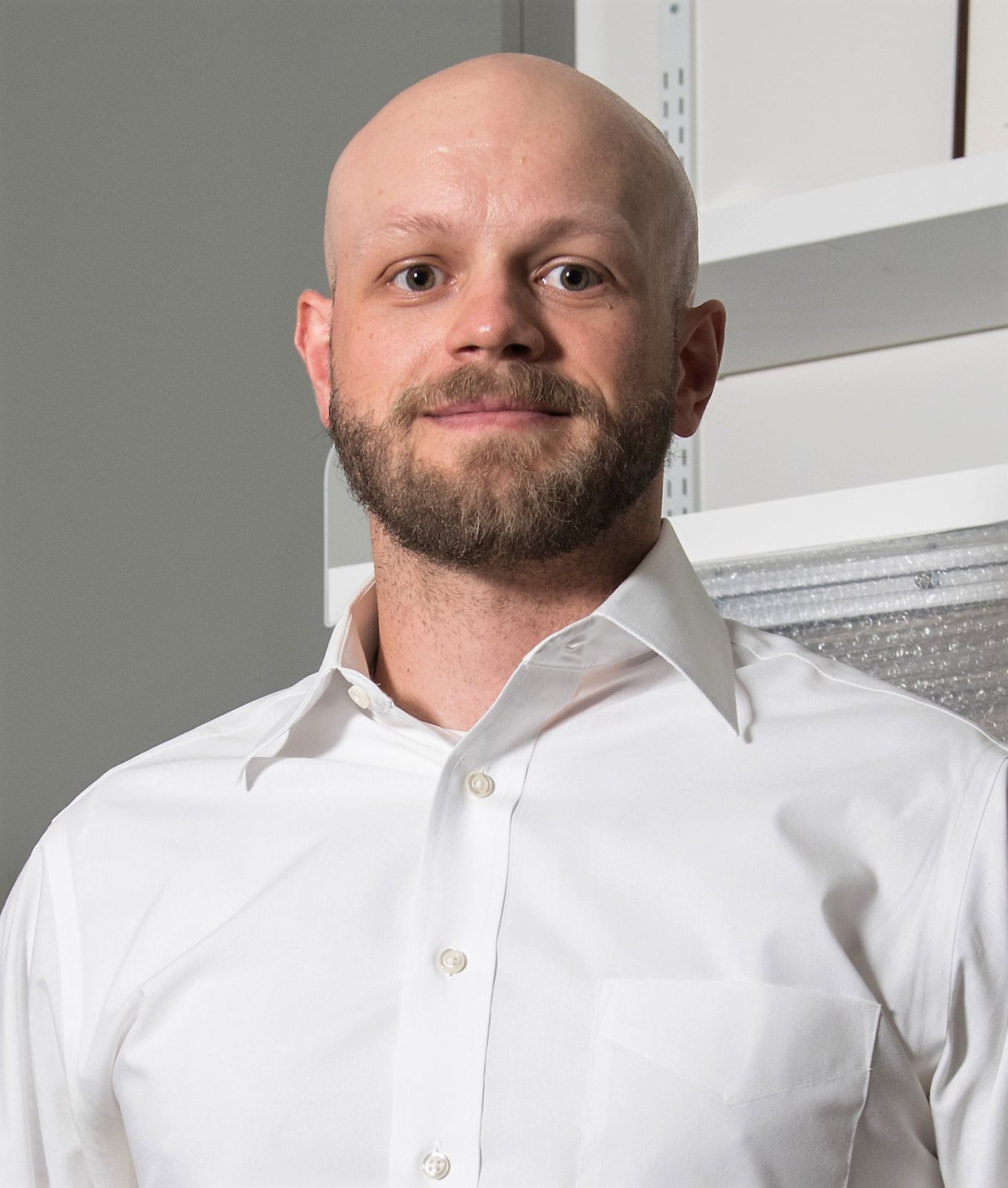
Everyone was excited by the binary black hole event. Then they saw the binary neutron star event.
“This is an entirely new type of detection. It’s not been done before,” Marsh said.
Marsh credits Key and UW Bothell for putting him in the right place at the right time.
“Dr. Key’s enthusiasm for all aspects of gravitational wave astronomy, both theoretical and experimental, is infectious,” Marsh said. “The versatile problem-solving abilities and multifaceted education I’ve so far received at UW Bothell helped me greatly in attacking the myriad problems.”
Marsh remains interested in LIGO but plans to apply for a doctorate in bioengineering to follow up on research he has conducted at UW Bothell with Assistant Professor Hung Cao.
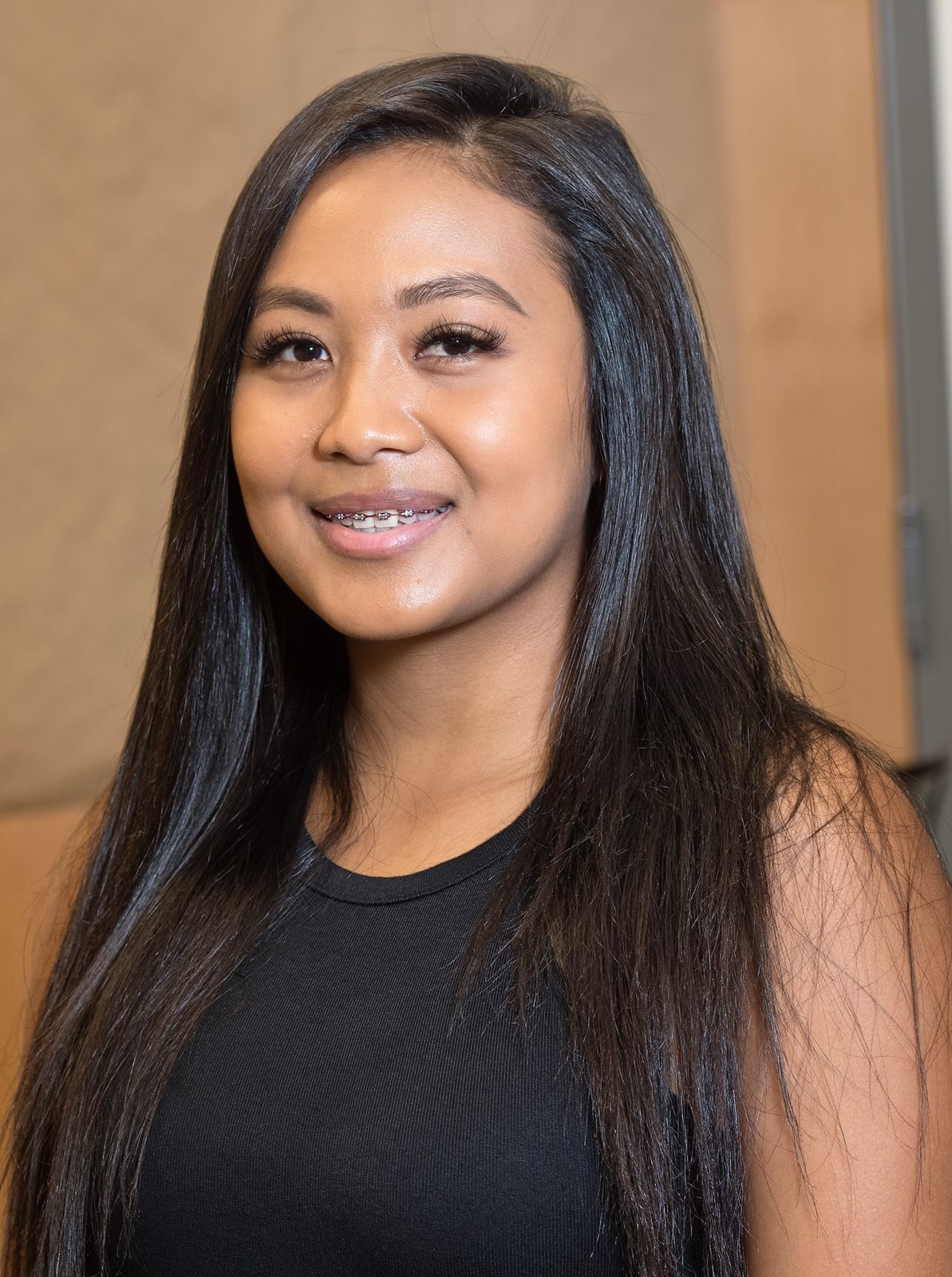
The job for Perkins, left, was to help identify and classify glitches in the sensitive LIGO system, weeding out transient noises from other sources such as a passing truck.
As part of the collaboration group, working as a Washington NASA Space Grant Consortium intern, Perkins communicated with scientists at top institutions all over the world.
“It was amazing because I never expected this — being able to get in touch with all this LIGO science and expand my knowledge in gravitational wave astronomy,” Perkins said. “I’m grateful I’m able to have this huge network. Now I want to pursue being a scientist, continuing this work.”
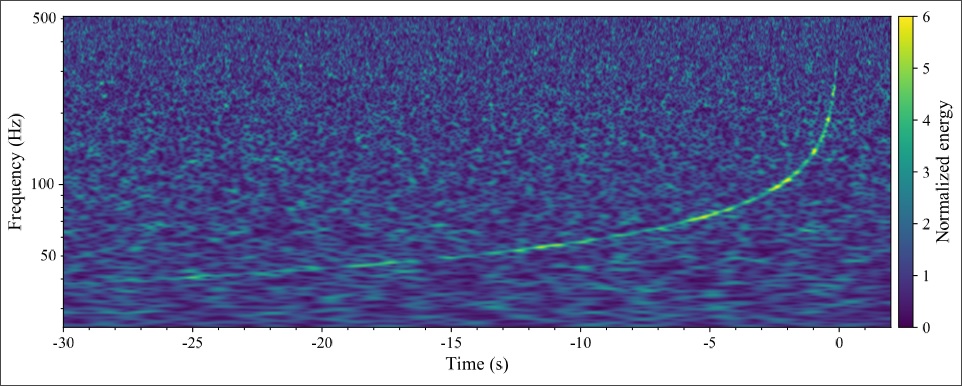
A representation that combines both the LIGO-Hanford and LIGO-Livingston data showing the track of the binary neutron star merger known as GW170817. (LIGO/Virgo/Alex Nitz)

